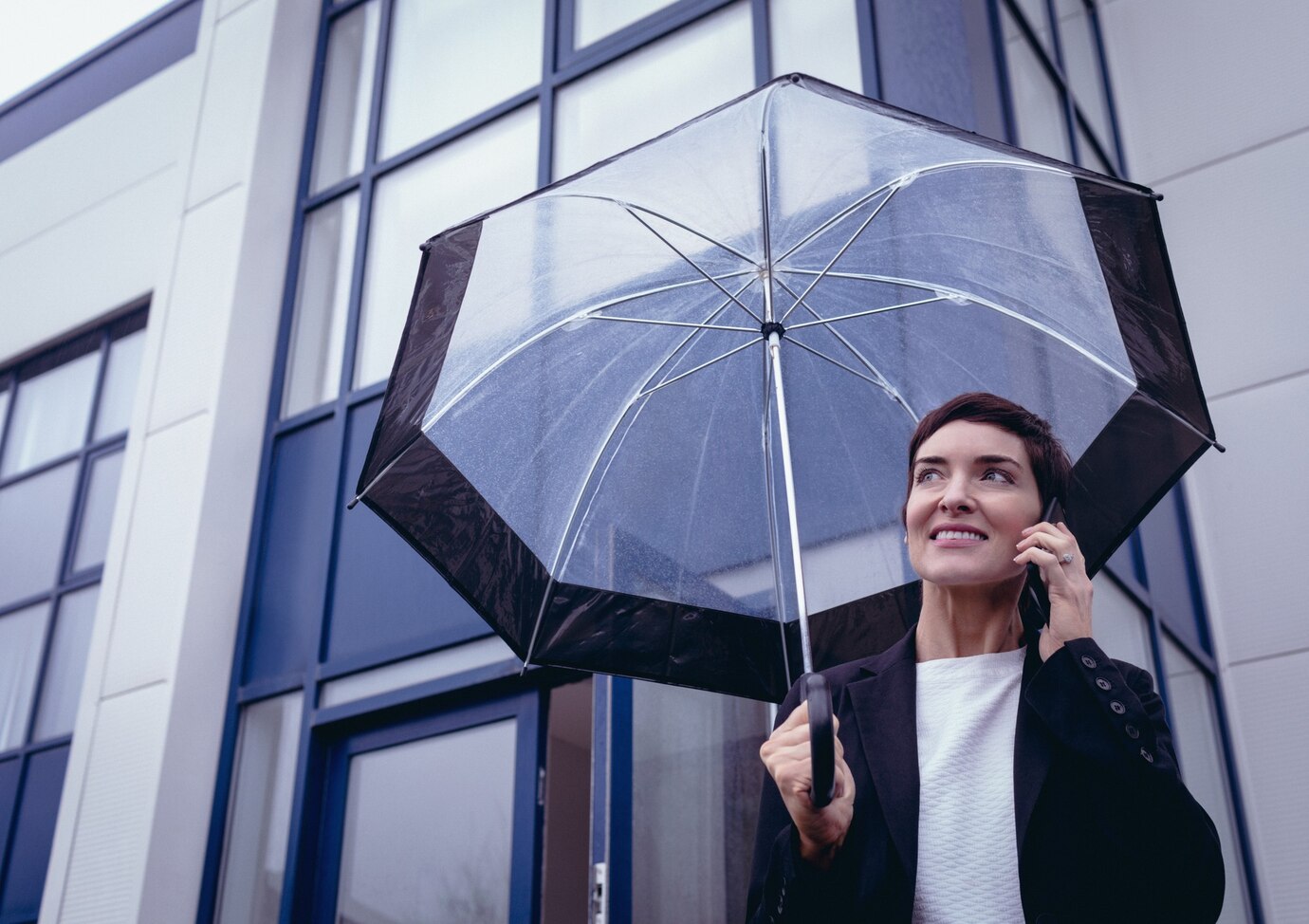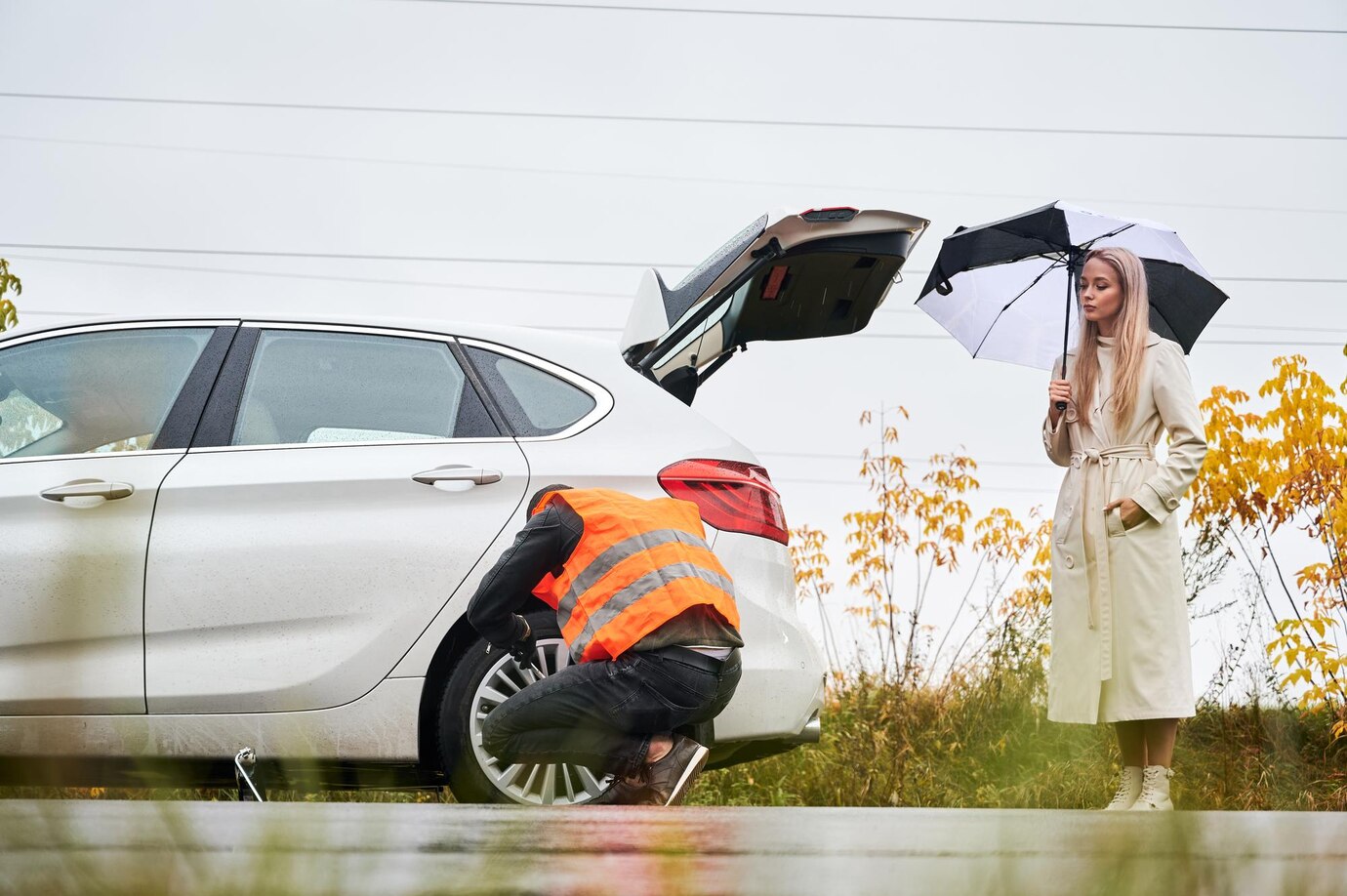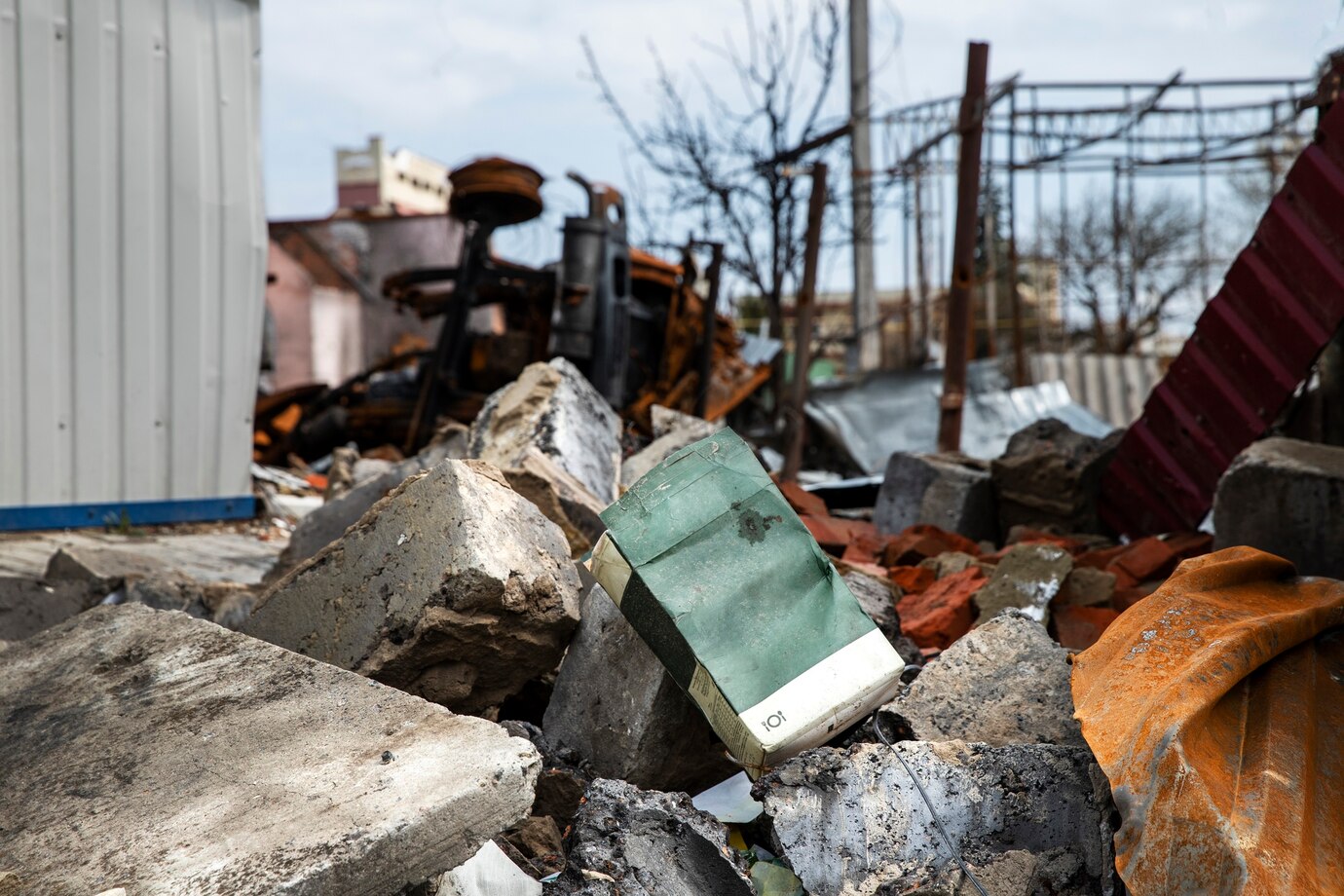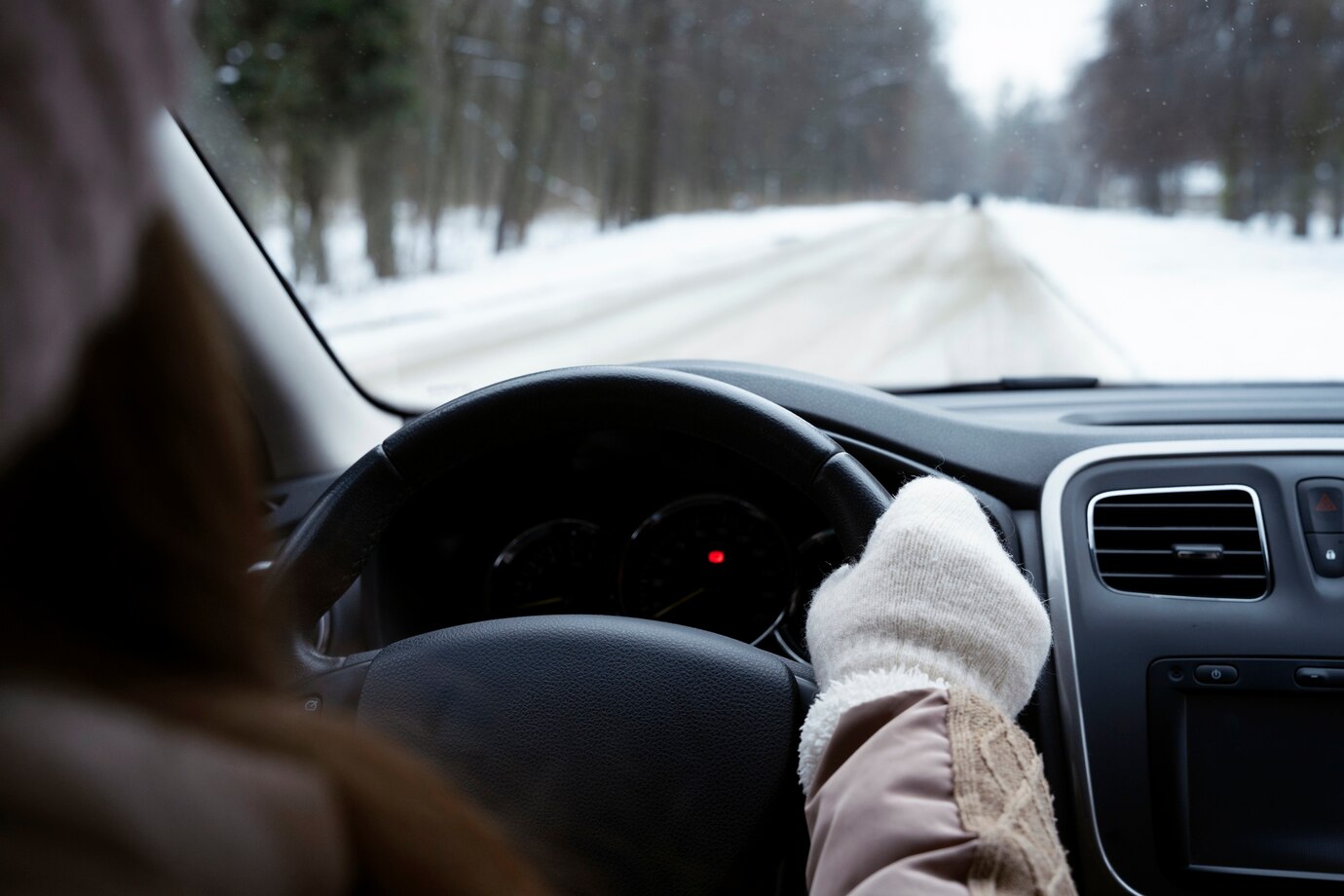
Every fall, thousands of Coloradans pack up their homes and head to warmer states like Arizona, Texas, or Florida. Whether you’re escaping the snow in Highlands Ranch or leaving your Fort Collins home behind for the beach, being a seasonal “snowbird” comes with specific insurance responsibilities. Your home doesn’t stop needing protection just because you’re not living in it.
Here’s what to get in order before you leave town:
1. Understand Vacancy and Unoccupancy Rules
Insurance companies make a distinction between a house that’s empty for a few days and one that’s truly vacant. Most policies have limits on how long a home can remain unoccupied before coverage is restricted—typically 30 to 60 days. If a loss occurs after that window and you didn’t notify your insurer, your claim might be denied.
Vacancy clauses can apply to:
- Frozen pipes
- Vandalism
- Theft
- Water damage
Before you leave, contact your insurer and be clear about how long you’ll be away. You may need to add a vacancy endorsement or get a specialized vacant home policy.
2. Prevent Water Damage: Your Biggest Risk
Frozen pipes are a leading cause of wintertime claims in Colorado, and they’re even more dangerous in vacant homes because leaks go undetected. Take these steps:
- Shut off the water at the main valve
- Drain your pipes if you’re gone for several months
- Keep the heat set to at least 55°F
- Install a smart thermostat and leak detection system
Some insurers require proof that you’ve taken preventive steps. Others offer discounts for smart home tech.
3. Maintain Regular Checks
A neighbor, friend, or property manager should inspect your home at least once a week. Not only does this deter theft, but it may also be required by your insurer. Ask for written documentation of visits—photo check-ins are even better.
4. Adjust Your Personal Property Coverage
If you’re taking valuables (jewelry, electronics, firearms) with you to your second home, make sure they’re covered under the correct policy. Items may not be protected once they leave your primary residence unless they’re scheduled or you have a personal articles policy.
Likewise, any high-value items left behind in your Colorado home should be inventoried and possibly scheduled to avoid gaps in coverage.
5. Update Your Mailing Address and Contact Info
Many insurance companies will mail notices, renewal documents, or claims checks to the address on file. Make sure your insurer has your snowbird mailing address, email, and mobile number.
6. Don’t Forget About Your Secondary Home
If you own the place you’re wintering in, make sure it’s properly insured. Many snowbirds assume their existing agent can write policies for both homes. But some insurers require separate in-state representation.
For rentals or condos, verify what the HOA or landlord covers and what you need to add: interior coverage, liability, personal property, or loss of use.
7. Consider an Umbrella Policy if You Don’t Already Have One
Two homes, two autos, and potentially two sets of guests mean two times the liability exposure. Umbrella insurance adds $1M+ in protection beyond your standard policies, often for less than a few hundred dollars a year.
It covers lawsuits related to:
- Slip-and-falls
- Dog bites
- Auto accidents
- Vacation rental incidents
8. Secure the Home Before You Leave
Take physical steps to reduce risk:
- Lock all doors and windows
- Stop newspaper and mail delivery
- Set lights on timers
- Use smart cameras and alarms
- Unplug unnecessary electronics
These precautions may even earn you discounts.
9. Notify Local Authorities or Your HOA
Some municipalities or HOAs offer vacation watch programs where police or security will check your property periodically. In mountain communities or gated neighborhoods, this can be a valuable safety net.
10. Review All Policies Before You Go
Before hitting the road, sit down with your insurance agent and walk through:
- Homeowners policy
- Auto policy
- Umbrella coverage
- Flood (if you’re in a flood-prone area)
- Any additional or vacant home policies
Travel is better with peace of mind. A few policy updates and proactive steps can keep your Colorado home protected while you enjoy the sun.
Safe travels, and don’t forget your sunscreen—and your insurance binder.











